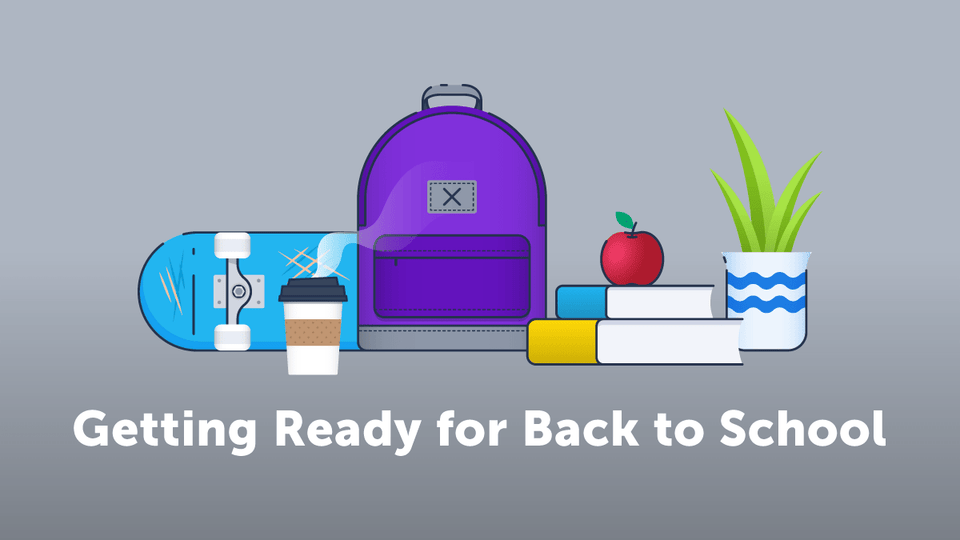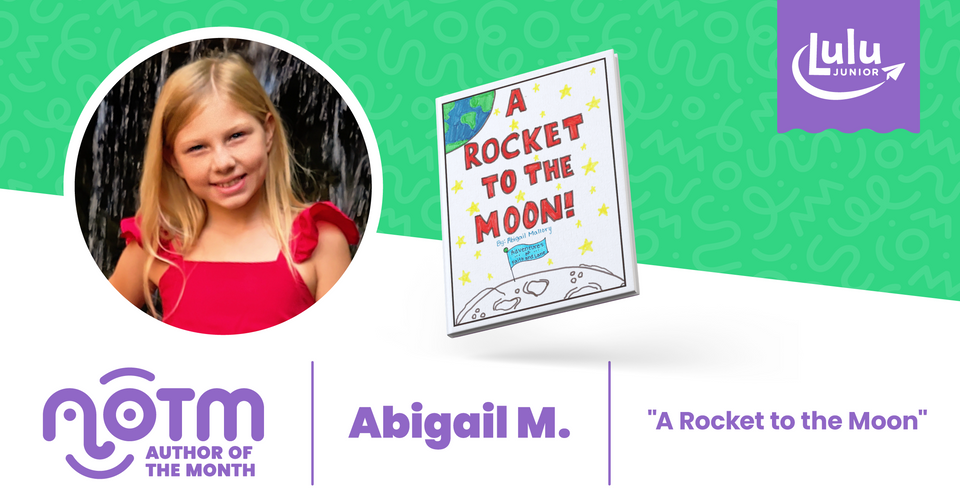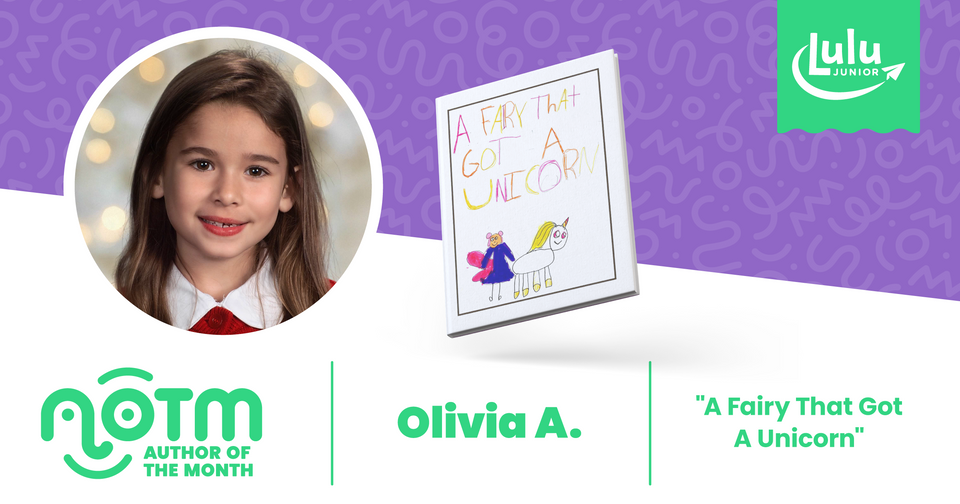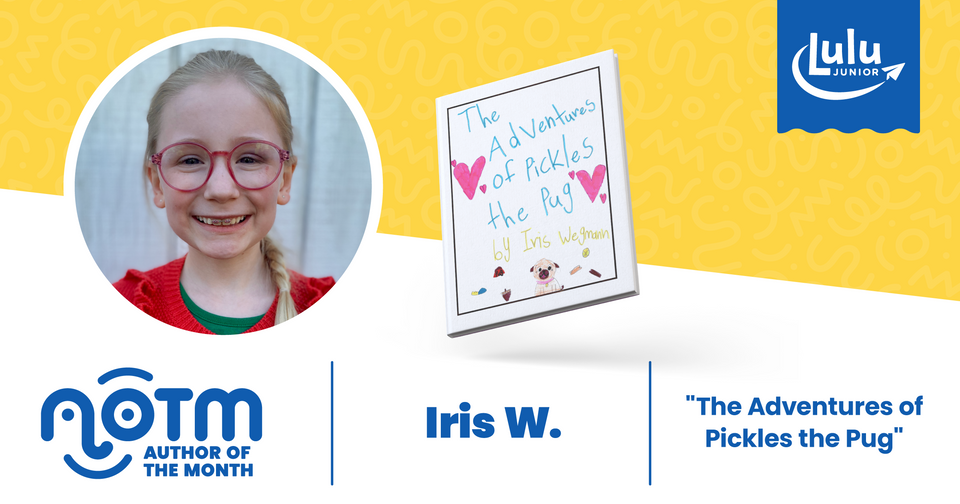
8 Ways for Parents and Teachers to Prepare for Back to School
July is half over. The summer is whizzing past and before you know it, it’ll be September and kids will be heading back to school. Whether you’re a parent or a teacher, now is the time to prepare for the school year.
As much as possible, I wanted to put this list together without promoting a bunch of expensive ideas. Because I understand that teachers often spend out of pocket for supplies. With that in mind, I say the most important thing parents and teachers can do in the lead up to a new school year is to plan.
1. Plan Ahead
Do a week by week calendar that covers everything you want to get to this year. Even if it’s too ambitious for reality, the schedule you make today will help focus and create a more refined and useful schedule tomorrow. And if the majority of your planning is done well in advance of the new school year, you’ll be ready to deal with the unexpected.
For teachers, this might look like a broadly defined curriculum that narrows as you refine each in class session. Or for parents, it might be putting in place a bit of time each day to do school activities during the summer.
One great way to make a schedule and stick to it is with a planner or day calendar. And if you’re really motivated (incoming shameless plug) you could use Lulu to create a completely unique planner!
For more awesome ideas, check out our complete educational publishing page.
2. Adjust Your Schedule
Are your kids staying up later, sleeping in, and spending the days playing with their friends? Or are you? Great! That’s a huge part of what summer is all about. But as the new school year approaches, it’s a great idea to set a bedtime and an alarm for every morning. This really matters if you or your kids like to sleep in. It’s a great idea to start waking up earlier prior to the start of school. Rediscovering a school-time sleep schedule can save some serious headaches come September.
3. Reduce Screen Time
Let’s be honest; screen time is important. Kids today live in a world dominated by screens. It’s never too early to start teaching responsible, healthy, and mindful device habits. If your son or daughter loves to game, read comic books, or even create art with an iPad or computer, that’s great! But everything in moderation.
As you start to prepare your kids for the school year, consider how best to moderate their screen time. While they’re in the classroom, it’s critical they pay attention to their teachers. Spending too much time distracted or engrossed in their devices can make it hard to maintain attention. The best way to counteract bad device habits is to introduce healthy ones.
4. Shop for School Supplies
This is a great exercise I remember doing with my parents when I was a kid. The more involved in the school supply buying process, the better. Create a budget and work with your kids to make a list of everything they’ll need. With how easy it is to shop online, this is the perfect chance to give your kids freedom to make their own choices.
And the opportunity is ideal to help them review their shopping list and decide if they really want that backpack or this notebook. Learning the basics of money management is often lacking in the classroom; here’s a perfect opportunity to introduce the concepts yourself!
5. Set Up A Workspace
Maybe your child already has a nice desk ready for doing homework. Now is a great time to clean it up and get it ready for those essays and math problems. You’ll be teaching them to keep a tidy workspace, to prepare ahead of time, and hopefully inspiring them to actually want to do homework once it starts pouring in.
In the classroom, the same principle applies. Create spaces for your students to work. Whether that means private areas for each student or a common space where they can work together. This is also a great exercise in reorganizing and decluttering the classroom, something that can really help you and your students feel at home and productive while in class.
6. Think Like A Marketer
This one applies directly to teachers. Because changing the way you think about teaching can help inject new ideas and new methods for reaching students.
With your plan broadly sketched out, come back to it and think like a marketer rather than a teacher. Take last years schedule and class structure and look at the data. How did students do on various parts of the curriculum? What was the section that showed the least retention? The best? Compare these and use that data to make changes.
Using data to make decisions and refine your plan will help you really tighten up your curriculum. Maybe you’ll discover one topic you covered in the middle of the semester tends to lead off on a tangent. Cutting that topic might lead to more focus throughout the entire class! But you can’t know that unless you examine the data from previous years.
7. Try New Things: Gamification and Hands On Learning
This one is pretty speculative, but there are some great articles out there with in depth looks at how to gamify the classroom.
What really makes strategies around gamification work is to understand what drives your students in their gaming (outside the classroom). Instead of tying up their achievements with a single test at the end of the week, let them build up to it with lots of micro-goals (all of which award something, be it a badge or other simple prize). We (and I mean everyone, adults and children) game a lot nowadays. Digital escape through our devices is a massive and growing subculture that has opportunities to influence education in any number of ways. Jump on board and start using tiered rewards and other gaming structures to make the classroom more engaging and more fun for your students.
Temper the gamification with real hands on experiences. Add creative opportunities to the classroom that help reinforce the subject matter. For example, maybe you have your students write a short story about a secondary character in whatever book they are reading for class. Or perhaps they draw their favorite scene from the book.
8. Find the Joy in Reading and Writing
Last but certainly not least, help encourage kids to read and write. In a perfect world, all children would be excited to read in their free time and writing down their thoughts would likewise be a creative and enjoyable activity. But in reality, many kids view reading and writing as chores.
So dispel that misconception and instill a passion for learning with fun opportunities. Take your kids to the library or even group activities (often hosted by the library) such as summer reading programs. And once school starts up, teachers can engage students in the creative writing process with self-publishing or with a book-making kit. These are great ways to fuel creativity and incorporate project-based learning in the classroom.
However you do it, adding creative outlets will help engage students and folds in perfectly with gamification.
Here’s to hoping all the students, parents, and teachers out there are having an amazing summer. It’s not over yet! Even if it’s a great time to start thinking about going back to school.





